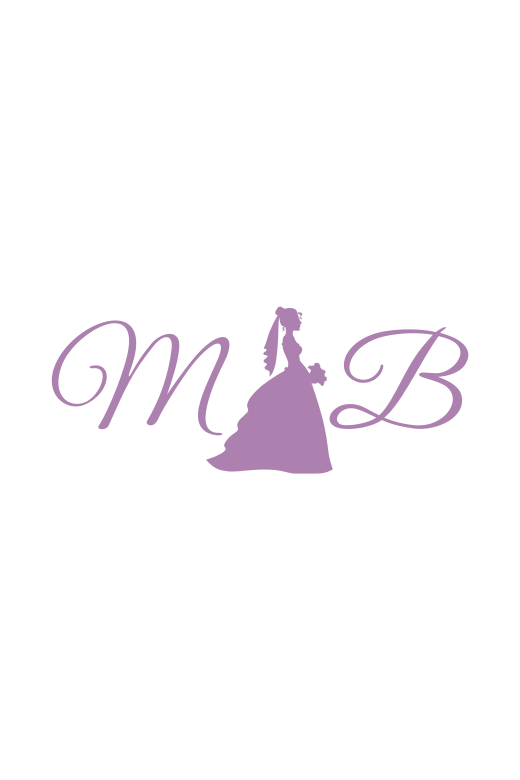Table of Content

New York University neuro-scientist Pascal Wallisch sought to answer the question 'Is the colour you see the same colour I see? Place your finger over the join where the top and bottom half of the image meet. It’s not every day that fashion and science come together to polarise the world.

The Dress is the very first color illusion in which different people from the neurotypical population—those people with no known differences between their brains—experience the same colored surfaces as drastically different colors. A very simple exercise with the exact image in this post would be to close your eyes for 30 seconds, and look at the white portion of the dress as you open them. It will look tinted, and the colored portion will look darker. Next, let your eyes adjust to ambient room light, then look at a light bulb for 3 seconds and then look at the dress again.
Sport-Tek® Spectator Gloves DRESS GLOVES - BLACK Blue Red Nav
Toddlers may experience a lower level of colour constancy than adults, making the world even more confusing for them. It has also been suggested that Monet was somehow able to disregard this automatic process in order to paint scenes showing how light progressed over the day. To most of us, the change in the colour of light over the day would be less noticeable.
If not, take a look at this article which does an excellent job of explaining how to create objects with shadows when painting. So this is slightly cut up from the video, and it is basically him describing how our brains will learn, by defining normality, how to see. And as a result, that definition can affect how we interpret the visual information we are receiving.
Black Illusion Dress
Our brains can redefine normality, even at the simplest thing the brain does, which is color. Take two identical squares, and put them in light and dark surrounds. And now the one on the dark surround looks lighter than the one on the light surround. What's significant is not simply the light and dark surrounds that matter.

Those who see white and gold would agree that the image looks dim. If you see white and gold your brain is processing the image as a white and gold dress with a shadow over it or dim lighting. So what do you think, is it blue and black or white and gold?
Some brains are subtracting blue "light" while others are subtracting yellowy gold tones
There is no one definitive answer to the question of what the “real” color of the illusion dress is. It depends on the specific dress, and on the lighting and angle at which it is viewed. However, it is generally agreed that the colors of illusion dresses appear different in photographs than they do in person.

Dark dots seem to appear and disappear rapidly at the intersections, although if you stare directly at a single intersection, the dark dot does not appear. “It has to do with the tiny cones in the back of our eyeballs that perceive colors in a slightly different way depending upon our genes,” explains CNN’s Senior Medical Correspondent Elizabeth Cohen. By changing the background behind the cirlces we are forcing our brains to process the colors a certain way. Human beings evolved to see in daylight, but daylight changes the colour of everything we see.
But the it’s the low quality photo - taken by this Tumblr blogger - of the dress that has flummoxed us all, and triggered a flurry of hilarious memes. It's really interesting to me that people describe isolated color of the dress as "a really cool off white". I suspect this is an artifact of identifying the dress as white initially and still having that strong in your subconscious. I would be really shocked if people not part of this dress discussion saw RGB #a3b7e9 and identified it as anything other than light blue — and that's the lightest blue patch (that isn't blown out) in your sample above. The main middle part of the dress averages to #7583b1 .

The blue and black dress, also known as “the dress that broke the Internet,” is a photograph of a dress posted on the social media website Tumblr in February 2015, which became a viral Internet sensation. The photograph, which was originally posted on the blog site What Color Is This Dress? Assuming you are referring to the now-infamous “white and gold/blue and black” dress, the colors you see are determined by the way your brain processes the colors in the dress. The dress itself is actually a blue and black pattern, but the colors can appear to be white and gold depending on how your brain interprets the colors. In the case of the blue and black dress, the brain interprets the colors differently depending on whether the dress is seen in shadow or in direct light.
No comments:
Post a Comment